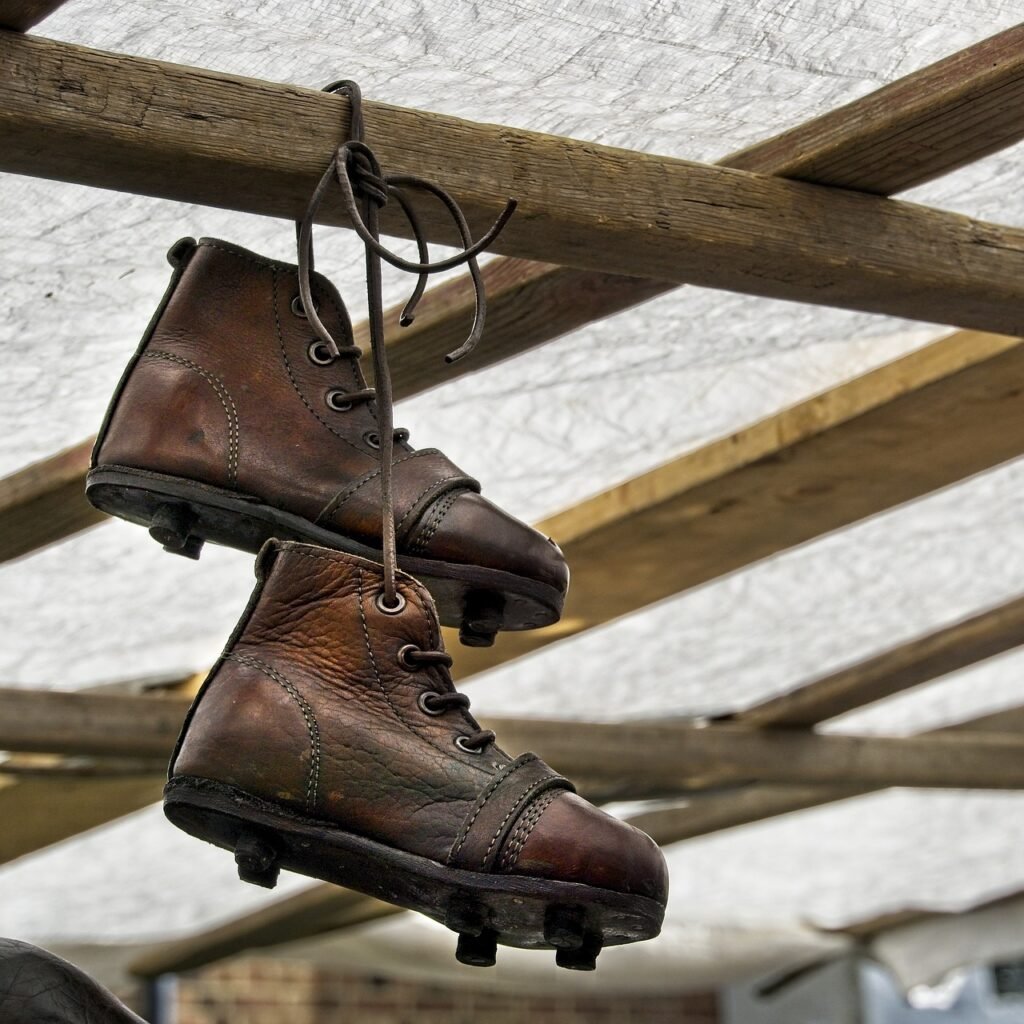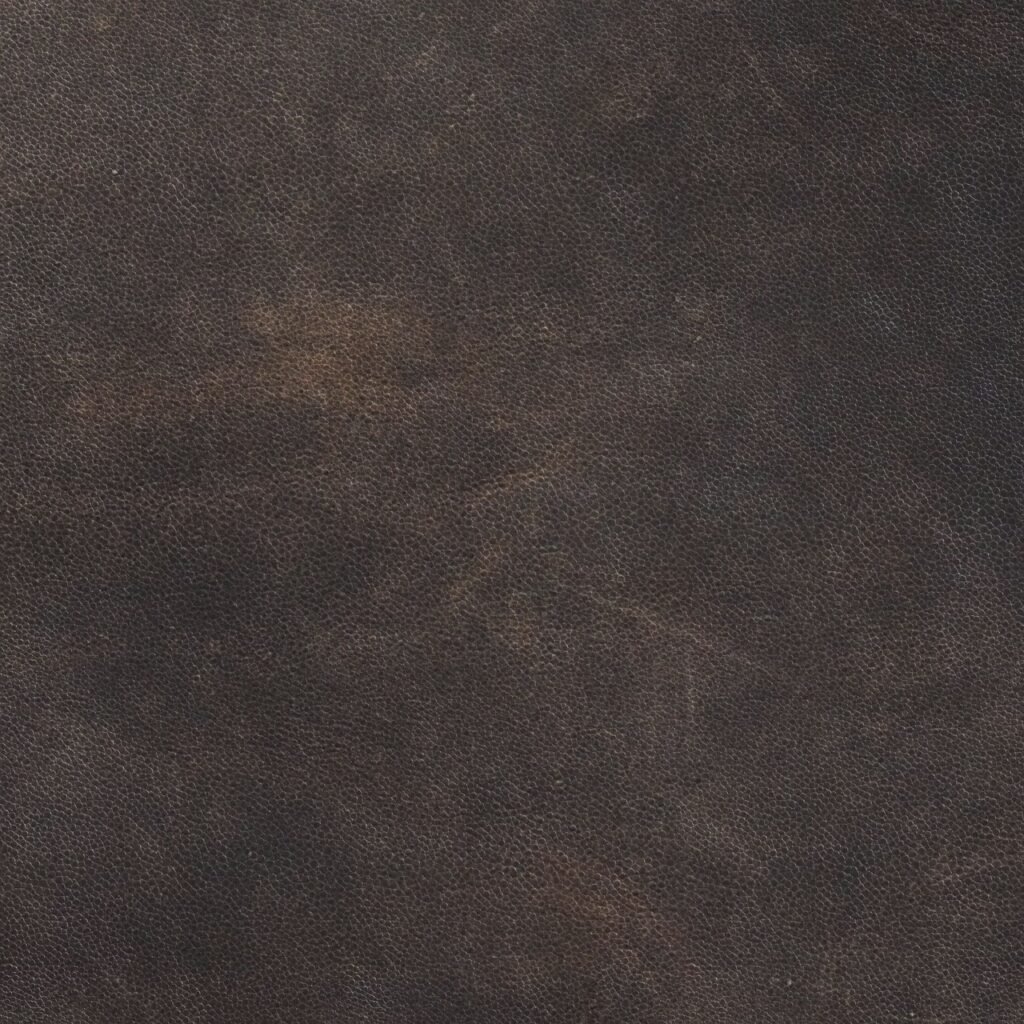Hello there! Have you ever felt overwhelmed when trying to pick out a leather item such as a bag or a pair of shoes due to the various types of leather available? In this article, we will simplify the process for you by breaking down the different types of leather and discussing their quality differences. Whether you’re a leather aficionado or a beginner, this guide will help you make an informed decision when it comes to choosing the right type of leather for your next purchase. Let’s dive in and learn more about the world of leather! Have you ever wondered about all the different types of leather out there and what makes them unique? Whether you’re in the market for a new leather bag, jacket, or furniture, understanding the different types of leather available can help you make an informed decision. In this article, you’ll learn about the various types of leather, their characteristics, and how to distinguish between high-quality and low-quality leather products. So sit back, relax, and let’s dive into the world of leather!

This image is property of pixabay.com.
Genuine Leather: The Basics
When you hear the term “genuine leather,” it can be a bit confusing. After all, isn’t all leather “genuine” by definition? In the world of leather goods, “genuine leather” refers to the lowest quality of leather available. This type of leather is made from the bottom layers of the hide, which are split off during the production process. While genuine leather is still technically real leather, it lacks the durability, texture, and overall quality of higher-grade leathers.
Characteristics of Genuine Leather
Genuine leather typically has a rough texture and lacks the softness and suppleness that higher-quality leathers possess. It is often treated with chemicals and dyes to improve its appearance, leading to a less natural look and feel. Genuine leather is more prone to cracking, peeling, and wearing out over time compared to other types of leather.
Even though genuine leather is the most affordable option, it may not be the best choice if you’re looking for a long-lasting and high-quality leather product. If you want a leather item that will stand the test of time and develop a beautiful patina with age, you may want to consider investing in a higher grade of leather.
Top Grain Leather: A Step Up
Top grain leather is one step above genuine leather in terms of quality. This type of leather is made from the top layers of the hide, which are more durable and have a tighter grain. Top grain leather is smoother, softer, and more natural-looking than genuine leather, making it a popular choice for many leather goods.
Characteristics of Top Grain Leather
Top grain leather has a more consistent surface appearance and better resistance to wear and tear compared to genuine leather. It is usually treated with a light finish to enhance its natural beauty and protect it from moisture and stains. Top grain leather is commonly used in high-end leather products such as luxury bags, belts, and shoes.
While top grain leather is a significant improvement over genuine leather in terms of quality, it still falls short of the highest grade of leather available. If you’re looking for a balance of quality and affordability, top grain leather may be a suitable option for you.

This image is property of pixabay.com.
Full Grain Leather: The Gold Standard
Full grain leather is widely regarded as the highest quality type of leather available. This type of leather is made from the entire thickness of the hide, including the top layers where the grain is the tightest and strongest. Full grain leather retains the natural grain, texture, and markings of the animal hide, giving it a unique and luxurious appearance.
Characteristics of Full Grain Leather
Full grain leather is incredibly durable, resistant to scratches and abrasions, and develops a beautiful patina over time. It has a natural look and feel that is unmatched by any other type of leather. Full grain leather is breathable, moisture-resistant, and ages gracefully, making it a favorite choice for premium leather goods.
While full grain leather is the most expensive type of leather, its superior quality and longevity make it a worthwhile investment for those who appreciate the beauty and craftsmanship of leather products. If you want a leather item that will last a lifetime and improve with age, full grain leather is the way to go.
Types of Full Grain Leather
Full grain leather comes in various types, each with its unique characteristics and uses. Here are some of the most common types of full grain leather:
Vegetable-Tanned Leather
Vegetable-tanned leather is processed using tannins derived from natural sources such as tree bark. This traditional method of tanning results in a firm and rigid leather that ages beautifully and develops a rich patina over time. Vegetable-tanned leather is commonly used in high-quality leather goods such as belts, wallets, and saddles.
Chrome-Tanned Leather
Chrome-tanned leather is processed using chromium salts, which results in a softer and more pliable leather. This type of leather is more resistant to water and stains compared to vegetable-tanned leather and is often used in upholstery, handbags, and shoes. Chrome-tanned leather is known for its vibrant colors and smooth finish.
Oil-Tanned Leather
Oil-tanned leather is treated with oils and waxes during the tanning process, giving it a supple texture and rich finish. This type of leather is water-resistant and ages beautifully, developing a unique patina over time. Oil-tanned leather is commonly used in work boots, jackets, and outdoor gear due to its durability and weather-resistant properties.
Pull-Up Leather
Pull-up leather is treated with wax and oils that create a two-tone or distressed effect when bent or stretched. This type of leather has a rich color that lightens or darkens with use, giving it a vintage look. Pull-up leather is commonly used in furniture, bags, and accessories where a rugged and aged appearance is desired.

This image is property of pixabay.com.
How to Identify High-Quality Leather
Now that you know the different types of leather available, how can you tell if a leather product is truly high quality? Here are some tips on how to identify high-quality leather:
Look for Imperfections
High-quality leather should have a natural appearance with visible grain patterns, wrinkles, and blemishes that add to its character. Avoid leather products that look too perfect or uniform, as they may be made from lower-grade leather with artificial textures.
Touch and Feel the Leather
High-quality leather should feel soft, supple, and smooth to the touch. Run your fingers over the surface of the leather to check for any rough patches, stiffness, or uneven textures. Quality leather will have a natural warmth and flexibility that sets it apart from lower-quality options.
Smell the Leather
High-quality leather has a distinct and pleasant smell that is often described as earthy, musky, or sweet. Fake or low-quality leather products may have a chemical or synthetic odor that is off-putting and indicative of inferior materials.
Check the Label
If you’re unsure about the quality of a leather product, check the label or tag for information about the type of leather used. Look for terms like “full grain,” “top grain,” or “vegetable-tanned” to ensure that you’re getting a high-quality product.
By following these guidelines, you can ensure that you’re investing in a high-quality leather product that will last for years to come.
Caring for Your Leather Goods
Once you’ve invested in a high-quality leather product, it’s essential to take proper care of it to maintain its beauty and longevity. Here are some tips on how to care for your leather goods:
Clean Regularly
To keep your leather items looking their best, clean them regularly with a soft, damp cloth to remove dirt, dust, and stains. Avoid using harsh chemicals or abrasive cleaners that can damage the leather’s finish.
Condition the Leather
Leather can dry out over time, leading to cracks, stiffness, and a dull appearance. To prevent this, condition your leather goods with a high-quality leather conditioner to restore moisture and maintain the leather’s natural oils.
Store Properly
When not in use, store your leather items in a cool, dry place away from direct sunlight and heat sources. Avoid folding or stacking leather goods, as this can lead to creases and deformities in the leather.
Protect from Elements
Leather is sensitive to water, humidity, and extreme temperatures, which can damage the material and cause it to deteriorate. Protect your leather goods from moisture, sunlight, and heat to prolong their lifespan.
By following these simple care tips, you can ensure that your leather goods remain in top condition and retain their beauty for years to come.
Conclusion
Understanding the different types of leather available and how to distinguish between high-quality and low-quality products can help you make informed decisions when purchasing leather goods. Whether you’re in the market for a new leather bag, wallet, belt, or furniture piece, knowing what to look for in leather can ensure that you’re investing in a product that will stand the test of time.
From genuine leather to full grain leather, each type of leather offers unique characteristics and benefits that cater to different preferences and needs. By choosing the right type of leather for your lifestyle and budget, you can enjoy the luxury and durability of high-quality leather goods for years to come.
So the next time you’re shopping for leather products, remember to look for imperfections, touch and feel the leather, smell the leather, check the label, and follow proper care guidelines to ensure that you’re getting the best value for your investment. Happy leather shopping!
